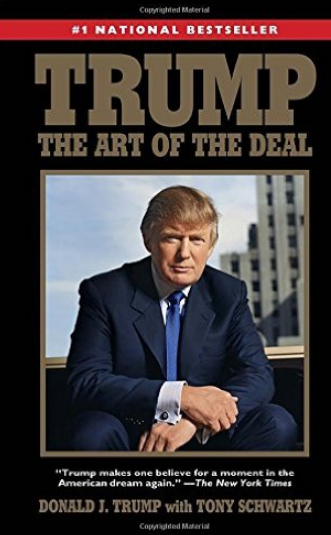By Michael O’Neill
Financial markets jumped aboard the US rate hike bandwagon. It was probably a mistake, akin to shanking your tee shot. US Treasury yields rose, the US dollar rallied, and Wall Street retreated after the release of the Federal Open Market Committee (FOMC) meeting minutes on February 22.
FX traders and markets decided that these minutes were “hawkish,” pointing to the Economic Outlook section. One sentence in particular read; “Participants continued to expect economic activity to expand at a moderate pace over the medium term; they anticipated that the rate of economic growth in 2018 would exceed their estimates of its sustainable longer-run pace and that labour market conditions would strengthen further. A number of participants indicated that they had marked up their forecasts for economic growth in the near term relative to those made for the December meeting…”
Markets reacted like they were surprised by FOMC members upgrading their economic outlook despite US data being firm since the December meeting.
Many pundits thought that Committee members would be changing their dot-plot forecasts from 3 hikes in 2018, to four. However, the Fed Funds futures probability (as of February 22, 2018,) shows that even three increases are doubtful.
The FX reaction to the minutes could be misleading as well. The US dollar rally may have had far more to do with positioning issues and the need for a correction than revised rate hike expectations. They haven’t changed all that much. US dollar sentiment has been overwhelmingly bearish since November particularly against Euro which rose from 1.1550 to 1.2550 a week ago, and long EURUSD positions were stretched.
Traders were starting to get a bit nervous. The unsettled German election results and rising concerns that they wouldn’t be resolved without another election may have encouraged some profit taking. Italian elections, scheduled for March 4, may have added to their unease. The rise in EURUSD led to questions about ECB members worries about a strong currency derailing the Eurozone recovery.
The minutes were just another excuse to sell EURUSD. The US dollar rallied across the board, albeit in the New York afternoon, a period not usually associated with high currency liquidity.
The US dollar rally was not sustained, and prices recovered the next day. The ECB minutes kept policy normalization speculation alive. They revealed some hawks want to drop the easing bias in the “forward guidance.”
The EURUSD price action also served to inject a bit of two-way risk into the market. Bulls and bears will battle it out to determine if ECB policy normalization is a bigger risk than “cautious” rate increases by the FOMC.
The Loonie is a loser under both scenarios. A rising EURUSD leads to Canadian dollar selling due to EURCAD demand. Broad US dollar demand has the same impact.
There is a dark cloud hanging over the Canadian dollar. The Bank of Canada Monetary Policy Report described the US economy as “robust,” adding that growth is firming in advanced and many emerging market economies. US growth is expected to increase to 2.6% in 2018, up from 2.2% in 2017. Canadian growth will dip to 2.2% from 2.3% in the same period. Recent Canadian economic data has been weaker than expected, supporting the lower domestic growth outlook. The 1.8% drop in December Retail Sales, ex-autos more than erased the 1.7% gain in the November data. The unemployment rate rose to 5.9% in January, and the Trade deficit widened.
On the bright side of things, WTI oil prices have risen and are in an uptrend while prices are above $58.50/barrel. The firm prices help to take the sting out of the discount applied to Canadian crude exports.
One of the biggest negatives for the Canadian dollar is the Nafta negotiations. President Trump calls it the “worst deal ever” and say says he will tear it up. Prime Minister Trudeau countered by announcing Canada would walk away if he didn’t like the final result.
The six rounds of negotiations have undermined the Canadian dollar. The latest round ended on January 29 and major issues, including auto manufacturing, were not resolved.
Canada’s disadvantage is evident
In the American corner, a successful American businessman.


“Leverage: don’t make deals without it. Enhance” Photo: Google Images
In Canada’s corner, a sad imitation of “Mr Dress-up”

“Budgets balance themselves” Photo: Google images
It is difficult to determine how much, if any, concern about a Nafta deal collapse is priced into the currency. Prices rose and fell on various headlines essentially erasing any lasting impact. However, traders appeared to be reluctant to drive USDCAD below 1.2250 in the days after the Bank of Canada raised the overnight rate to 1.25%. Some of that reluctance was blamed on the trade talks. The bulk of USDCAD gains in the past few weeks can be attributed to rising US interest rates and the perception that the Bank of Canada will leave rates unchanged until July 11.
If the Fed Futures probabilities are correct, expectations of 4 rate hikes are exaggerated. It is “fore,” not Four.





